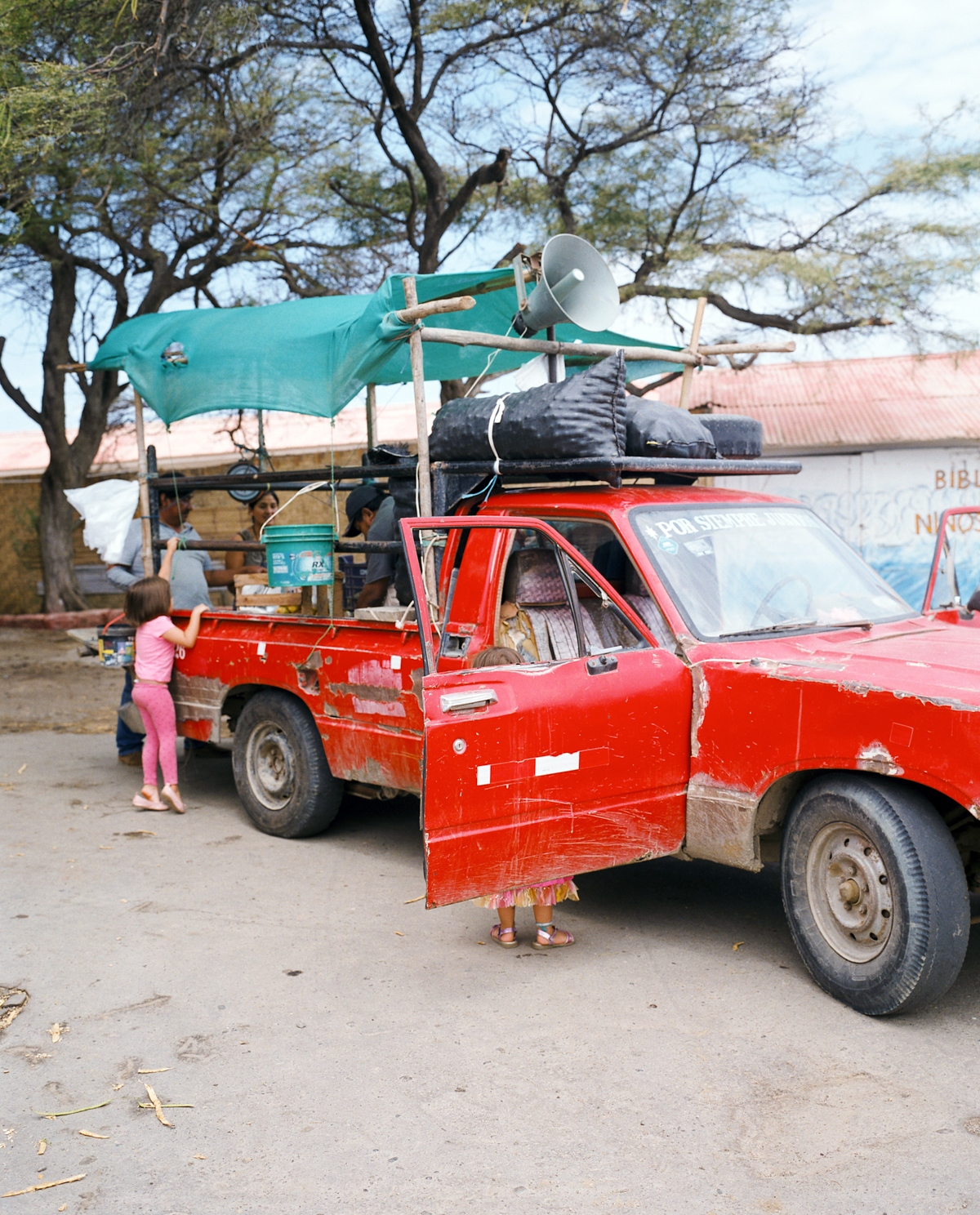“Hay mucho ruido y barullo en la calle. La ciudad está tomada, la gente se ha echado a andar con el único objetivo de encontrarse y reunirse. Todo queda impune, nada es abuso: la gente sube sobre los coches, la guardia sale a caballo, el sonido de los petardos explota los tímpanos de los asistentes a cada esquina, algunos queman los coches de los que decidimos no salir.
El caos invade la ciudad y sin embargo todos se sienten protegidos, bajo la misma unicidad y ente, el poder único de ser -durante 4 años- campeones de fútbol. Esta euforia ocurre igual cada 5 años, tras noches de elecciones. El opio del pueblo.
Por mucho que la gente ceda a la barbarie, chillen y se exhiban, pletóricos, las calles volverán a la tranquilidad en una horas. No habrá desbordamientos, los accidentes serán menores.
Esa noche decidí no salir ni mezclarme a la multitud. Espere ser la mera observadora de la victoria, del momento histórico que se estaba viviendo. Espere que otros salieran a congelar el momento para los próximos 4 años, para tratar de mantenerlo vivo, a integrarse e impregnarse. Hoy nadie habla casi de ello, hoy queda olvidado, fijado en el 15 de julio del 2018.
4 - 2”
Texto por Lucía Pasalodos (https://luciapasalodos.cargocollective.com/)



























































































